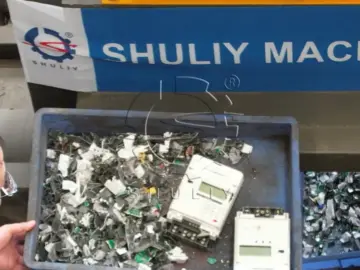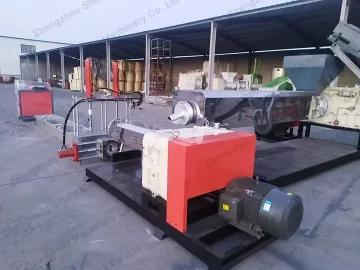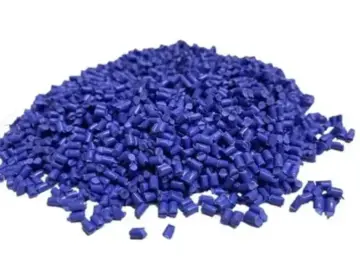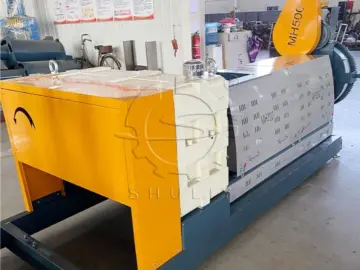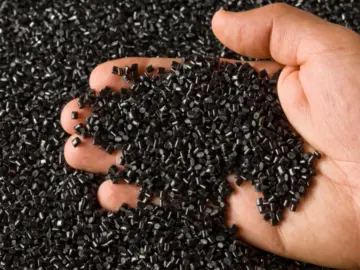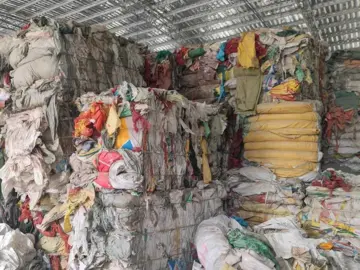Plastic film, including materials like plastic bags, wraps, and packaging, poses a significant challenge in waste management. However, with the right recycling methods, plastic film can be effectively processed and repurposed, contributing to a more sustainable future. In this blog post, we will delve into the various techniques used to recycle plastic film, shedding light on the question: How is plastic film recycled?
Understanding the Importance of Plastic Film Recycling
Plastic film recycling is crucial for several reasons. Firstly, plastic film is commonly used in packaging, resulting in significant amounts of waste that can harm the environment if not properly managed. Secondly, recycling plastic film helps conserve resources and reduce the demand for virgin plastic production. Lastly, by recycling plastic film, we can divert it from landfills and incineration, minimizing the associated environmental impacts.

Exploring Recycling Techniques for Plastic Film
Collection and Sorting
How is plastic film recycled? Plastic film recycling begins with proper collection and sorting. Consumers can separate plastic film from other recyclables and place them in designated collection bins. Recycling facilities then employ advanced sorting technologies, such as optical scanners and manual sorting, to separate different types of plastic film based on their composition.
Washing and Shredding
After sorting, the plastic film goes through a washing process in a rinsing tank to remove contaminants like dirt, labels, and adhesives. This ensures a clean and high-quality end product. The washed plastic film is then shredded into small pieces or flakes by a plastic shredder, making it easier to handle during subsequent processing stages.
Plastic Scrap Granulation:
One common method of recycling plastic film is through a process called granulation. This involves feeding the shredded plastic film into a plastic scrap granulator. The granulator cuts the plastic film into small particles or granules, which can be further processed into new products or used as raw materials for manufacturing plastic items.

Conclusion
Plastic film recycling plays a vital role in reducing plastic waste and conserving resources. By implementing effective collection, sorting, washing, and granulation techniques of plastic scrap granulator, plastic film can be transformed into valuable raw materials for the production of new plastic items. This is the answer to how is plastic film recycled.
As responsible individuals, it is essential to understand the significance of recycling plastic film and actively participate in recycling programs to contribute to a greener and more sustainable future.

